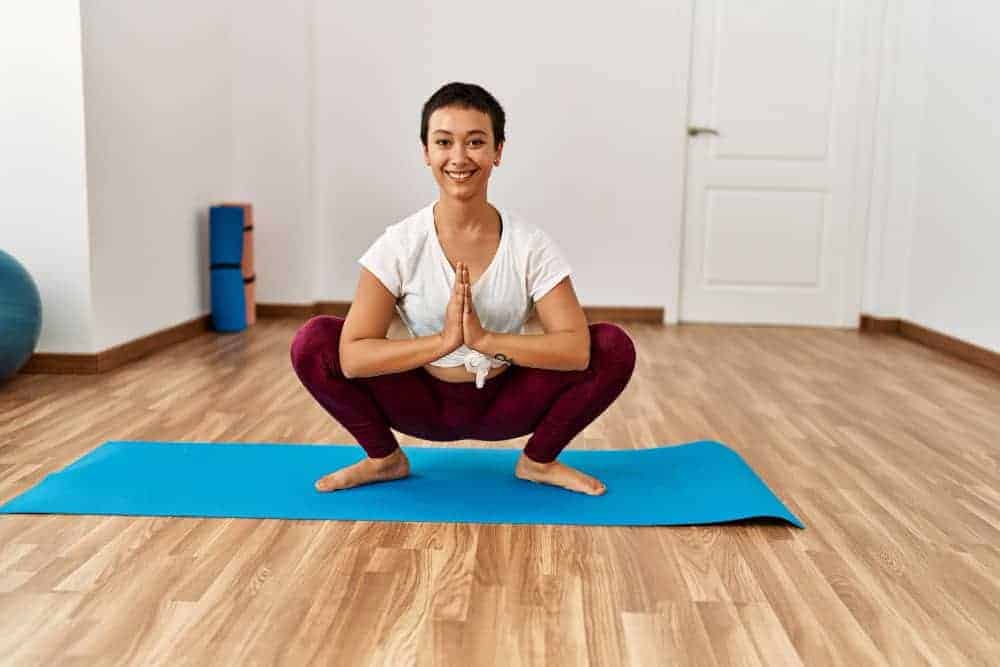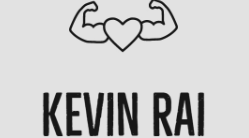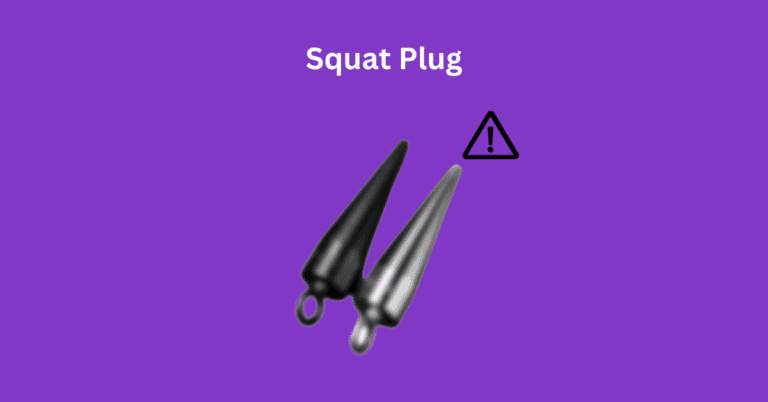What Is Asian Squat: Why It’s So difficult? Can You Do It?

Seeing an Asian Squat might surprise you and bring up the thought of how it is even possible to sit like that.
If you haven’t seen one, here’s a quick visualization ~ imagine your a squat position, and now imagine lowering the buttocks until it’s literally a few inches from the ground while keeping the heels flat.
Weird right? This is a rare position which you don’t see very often in the western countries.
In this article I will dive into the mechanisms of the Asian squat, why it’s so hard to do, and its benefits.
What Is An Asian Squat?
The Asian squat describes a particular style of squatting posture that involves bending the knees deeply until you’re close to the ground while keeping your feet flat~ here’s an example:

In this posture, the glutes are lowered close to or in contact with the heels, and the thighs are often positioned close to the calves. The individual’s weight is supported by the balls of the feet and the heels.
This position is common in Asia and performed by people of all ages, which is the reason why it’s named the Asian squat.
However, it’s important to note that you don’t have to be of Asian heritage to squat like this~ you can get to this stage by slowly improving your flexibility and mobility.
Why Asian Squat Is So Common In Asia?
The reason is simple: rather than sitting down on a chair or bench-like Westerners do for certain activities, they mostly squat down in Asia.
Some activities include cooking, gardening, eating, smoking, washing dishes, playing games and doing laundry.
Since the old times, squatting has been part of Asian culture for being an optimal position to work.
There weren’t many tasks that were done while standing or sitting down, most were done on the floor while squatting. Coming from an Asian background myself, I can officially confirm that it’s been harder to get into a deep squat since moving to the United Kingdom 10 years ago.
But the thing that might surprise you the most is their toilets. Unlike the normal toilets which you’re used to sitting down comfortably, their toilets are on the ground.
Guess how you use it? Of course by squatting down.
Since they have to squat from an early age in order to live their normal day-to-day life, their body naturally adapts to this motion.
Why can’t everyone do the asian squat?
Believe it or not, we were all capable of performing an Asian squat when we were young. You might have seen children squatting down with ease to play with toys.
But as we turned into an adult, we hardly spent any time in this position at all. Ask yourself seriously when was the last time you squatted down for a prolonged period?
This can bring a series of complications that would prevent you from squatting~ here are a few reasons below
Not Enough Dorsiflexion
Dorsiflexion is the movement that involves flexing the foot at the ankle joint, bringing the top of the foot close to the shin (ankle mobility).
Without adequate ankle mobility, what happens is as you try to squat down your heels will start coming off the floor.
When you try to go sit deeper, you will end up on your tippy toes, making it hard to balance.
Quick test for dorsiflexion:
Take your shoes off and stand facing the wall.
Get on one knee and move the other foot about 4-5 inches away from the wall, with your toes pointing directly ahead.
While keeping the heel flat on the ground, slowly shift your weight onto the foot and try to touch the knee to the wall.
Continue to move your knee forward until you can no longer keep your heel on the ground, or if the knee touches the wall.
While performing the movement, observe how far your knee travels forward and measure the distance from the knee to the toe.
If your knees touch the wall, you have very good dorsiflexion. If the knees travel to or further than your toe, you have okay dorsiflexion. But if you cannot manage this, then your dorsiflexion is lacking.
Tight Hips
The flexibility of the hips is the most important component that dictates how deep you can squat.
The hips are primarily made of three muscle groups~ Gluteal, Adductors, and Iliopsoas, which all contribute to stabilizing the hips and allowing proper flexion during the squat.
Some symptoms you may face when trying to squat deep are:
Pinching sensation on the hip
Muscles in the inner thigh (adductors) feel like they will tear apart
Can’t keep an upright position
Quick test for hip flexibility:
Lay down on a flat surface with your back.
Bring one knee up and hold it with both hands. Make sure to keep your toe pointing straight forward throughout the test.
While keeping your other foot flat on the ground, gently pull the knee towards your body.
Keep on pulling the knees as far as possible without lifting up the planted foot.
If you can’t get past 90 degrees, you have poor flexibility. Past 90 degrees is average and if you can touch your thigh to your body, then you have excellent hip flexibility.
Structure Of Your Body
The structure of the body is something you cannot control, but having certain sizes and structures for specific bones & limbs in your body can make it harder to achieve an Asian squat.
If you have a longer femur (thigh bone) in relation to your torso, it makes it harder to maintain an upright torso while squatting. This is because the center of mass (hips joint) is farther back, and the toro will naturally want to lean further forward to maintain balance.
The same problem applies if you have longer legs compared to the upper body. Having taller legs creates a longer lever, which will force your torso to bend forward.
Furthermore, the shape of your hip socket can determine how freely your femur moves within the joint during the squat.
If you have a deeper socket, there’s less room for the femur to move around, making it harder to squat deep.
Whereas if you have a shallow socket, there’s a larger range of motion for the femur, making it easier to squat deep.
How To Asian Squat
To perform an Asian squat with the correct form you have to do:
First, stand straight up with feet at shoulder-width apart.
Slightly point your toe to the side, or have them straight forward to challenge yourself.
Slowly bend your knee and push your hips back to begin the squatting motion.
Lower your hips down as close to the ground as possible, without losing balance or feeling any pain. Ideally, your hips should be lower than your knees, and you should feel a stretch in your hips and groin.
To stand up, press through your heels, engage your leg muscles, and slowly rise back to a standing position.
Additional Tips On Improving Squat Form
As you descend, try to keep your chest up and maintain a straight back. Prevent yourself from leaning too far forward.
Focus on keeping your heels flat on the ground. Aim to put your body weight on the middle of the foot.
Play around with the foot positioning, some people will find different foot placement or angles better to achieve the most stable feeling squat.
At the bottom, you can use your elbow to gently press against the inside of your knees. This can help open up your hips and facilitate a deeper squat.
Hold this position for as long as possible and time this duration, then try to beat it next time.
What Are The Benefits Of Asian Squats?
There are various benefits of being able to perform the asian squats:
Decrease Chance Of Injury
As we grow older, our body tends to get stiffer making us prone to injuries. It can get so severe that tasks such as climbing up stairs can cause pain & discomfort.
Since Asian squats require significant hip and ankle flexibility, regular practice can greatly improve your range of motion in these joints, leading to better overall mobility and reduced stiffness.
Also once you’re able to hold the Asian squat, this can help stretch and lengthen muscles in the hips, groin, calves, glutes, and hamstrings.
Can Help Alleviate Back Pain
By improving the range of motion in your hip joint, it can help relieve stress on the lower back.
When you hold a deep squat position, it can gently stretch the muscles of the lower back~ releasing tightness & tension.
Strengthen Your Core
Maintaining proper form in squats not only strengthens your lower body muscles but also your core as well.
Strengthening the core supports in stabilizing the spine, which further helps with alleviating back pain.
The stabilizing of the spine helps maintain the natural curvature of your spine, which reduces the risk of slouching~ thus promoting better posture.
Better Bowel Movement
Some of the designs of the toilets around Asia are different from Western countries. Rather than having a toilet seat to sit on, you have to squat down.
It’s believed squatting down is better for the bowel movement, as it’s more of a natural position for us.
A study showed that by elevating your feet, and having your body imitate the deep squat position while sitting on the toilet~ resulted in less straining and easier bowel emptying.
How To Be Able To Asian Squat
Mobility and flexibility are key in performing the Asian squat. As I can’t see you in person, it’s hard for me to give you exact solutions.
But here are a range of stretches you can perform that are sure to move you in the right direction.
Banded Dorsiflexion
Tie a resistance band to a stable bar.
Wrap the band around the ankle.
Take a couple of steps forward and step on an elevated surface with the foot that has the band wrapped around it.
Gently shift your weight towards the elevated foot and aim to push your knee over your toe without the heels coming off the surface.
Hold the position for a couple of seconds and return back to the starting position.
Repeat it for 10 reps and change foot.
Seated Hip Stretch
Sit tall on a chair.
Move your right foot to your left thigh~ resting the ankle on it.
Use your right hand to gently push your right knee down.
To get a better stretch, move your upper body forward, while still pushing down with your hand.
Hold for a couple of seconds and switch leg.
Hamstring Stretch
Sit down on a chair.
Straighten one leg out and have the toe pointing toward the sky.
Without moving your lower body, slowly lean forward and aim to touch your toe.
It’s okay not being able to touch your toe at the beginning. The aim is just to feel a nice stretch on your hamstrings.
Supported Squat Stretch
Stand in front of an elevated surface that is higher than your waist.
Position yourself to how you would normally stand for squats.
Hold the edge of the surface with both hands, this will help you balance.
While keeping a hold of the surface, squat down as deep as you can.
Move around if you need to at the bottom of the squat, to find an area that feels tight and spend some time there.
Asian Squat Vs Slav Squat: What’s The Difference
The term ‘Slav squat’ infiltrated the internet when pictures of Eastern European people, particularly those from Slavic countries were seen squatting.
The Asian squat and Slav squat are very similar~ they both require you to squat extremely deep without the heels coming off the ground.
However, there are a few distinct differences between them:
First is the width of the foot placement. For the Slav squat your feet are placed a little wider than shoulder-width, whereas with the Asian squat, the stance tends to be narrower.
Secondly is the toe angle. With a Slav squat, your toes are noticeably pointing outwards, but with an Asian squat, your toes are pointing forward or have a minimal outward angle.
Conclusion
The name Asian squats describes a way of sitting by squatting down deep.
This simple position is integrated into the daily activities of Asian societies such as cooking and doing laundry.
Everyone should be able to get into this position, but firstly you need to improve your flexibility & mobility which can take some time, especially if you have certain body structures.
Ps.
You should definitely learn this before traveling around Asia, as you never know when you’ll come across a toilet that’s on the ground.

